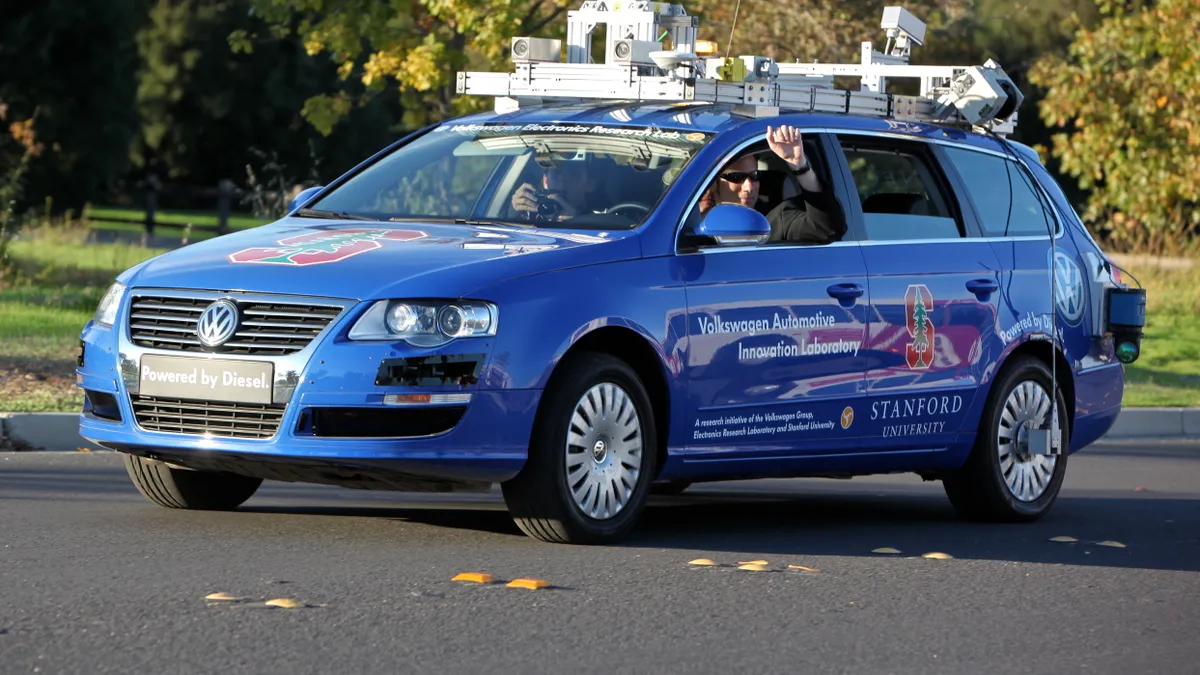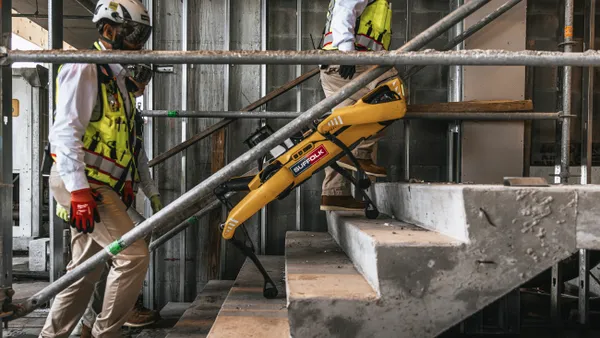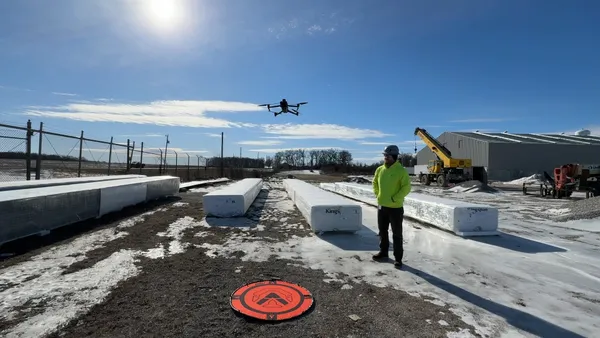Dive Brief:
-
The U.S. Department of Transportation released voluntary guidelines Tuesday for connected and autonomous vehicle (CAV) technology, Recode reported. Transportation Secretary Elaine Chao made the announcement at a CAV testing center in Ann Arbor, MI.
-
The guidelines are part of a larger effort by the federal government to clarify states' role in regulating the technology and to entice automakers to further develop CAV.
-
The announcement comes one week after the House passed legislation to speed up CAV technology development in a move that could see more than 100,000 self-driving vehicles hit the road in the coming years.
Dive Insight:
The new guidelines' release marks another step forward in the push toward accelerating CAV development, updating policies put forth by the Obama administration last fall.
Earlier this year, the National League of Cities offered up its own guide, focused on helping cities plan for the future of driverless vehicles. The nonprofit recommends observing policy developments, contacting local companies and residents about working with the technology and scaling computing capacity to manage the increased load.
Yet guidelines are just that — guidelines. A general lack of regulation guiding CAV development and application has been seen as a deterrent by automakers and other developers wary of uncertainty surrounding the emerging technology. Recent clarifications in the legal framework governing its development and application, such as through recent bipartisan legislation in the House and the Senate, could signal the start of a new era for self-driving vehicles.
Private automakers already favor the idea, with many saying consistent but reasonable rules will make it easier for them to test, develop and ramp up the production of the technology. Some observers are concerned that current legislative efforts to regulate CAV could push it through the regulatory process too quickly.
For lack of a national standard, some states have stepped up with their own policies for formalizing the development of CAV within their borders.
Consistent regulations for shaping the technology would be a boon for consumer-oriented CAV and the automakers providing it. Such clarifications also stand to benefit the commercial sector. Advocates are exploring the technology's potential for platooning and guiding commercial trucks to reduce traffic and fuel consumption.














